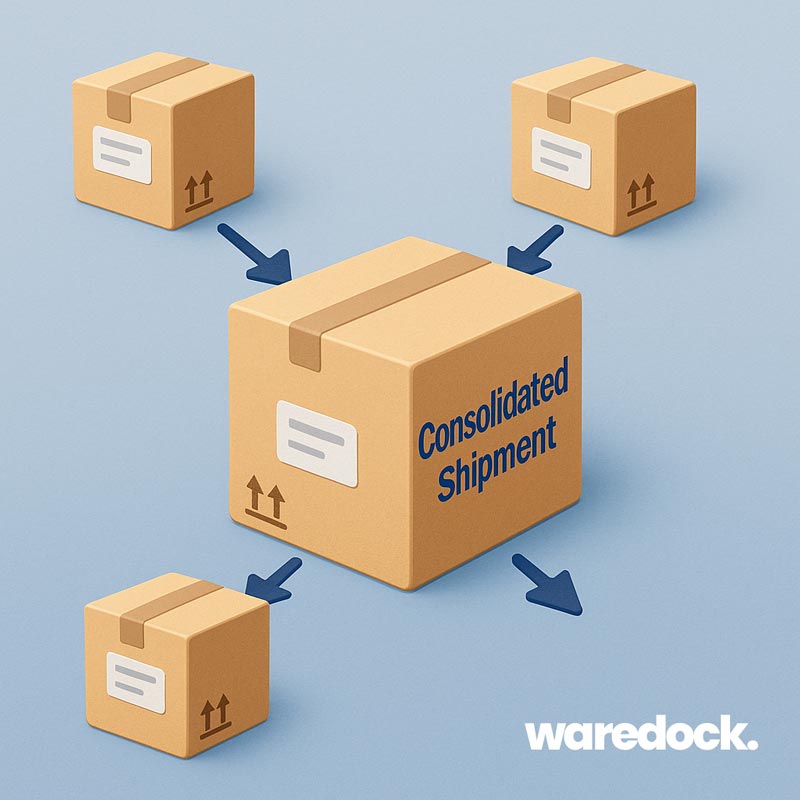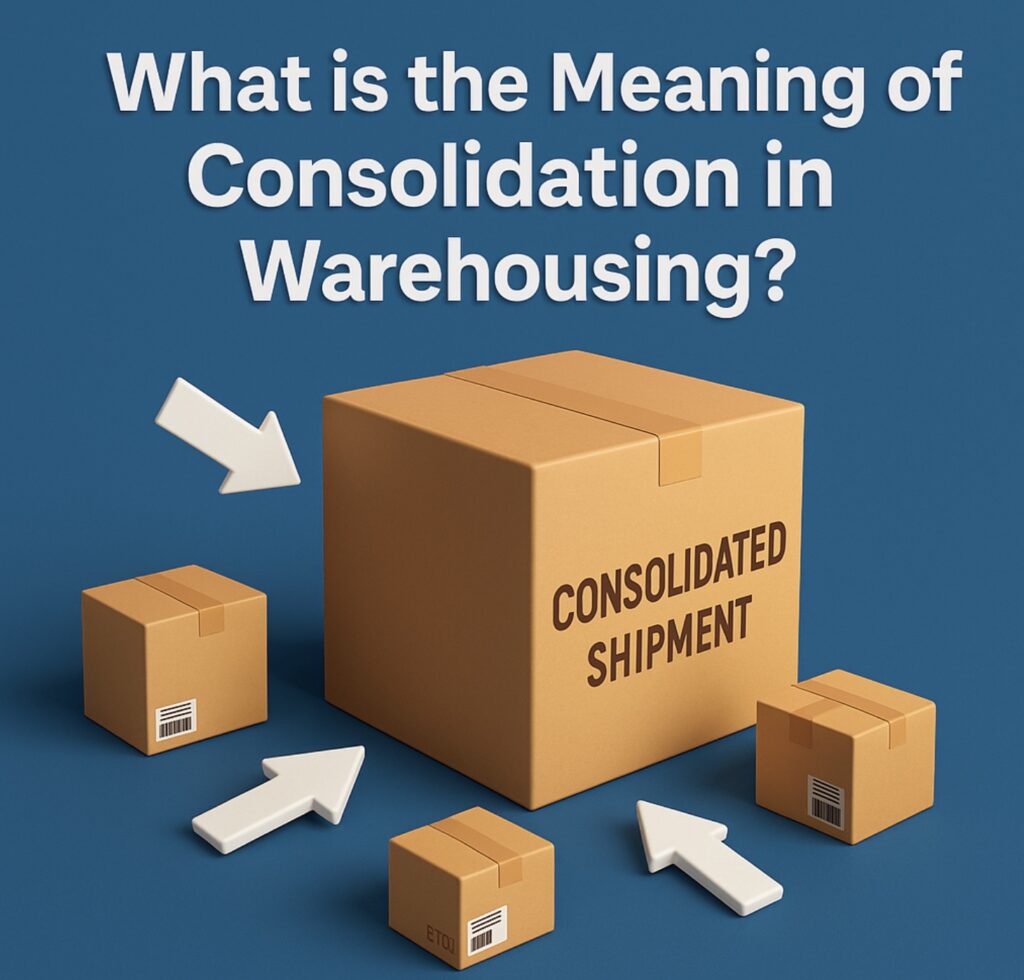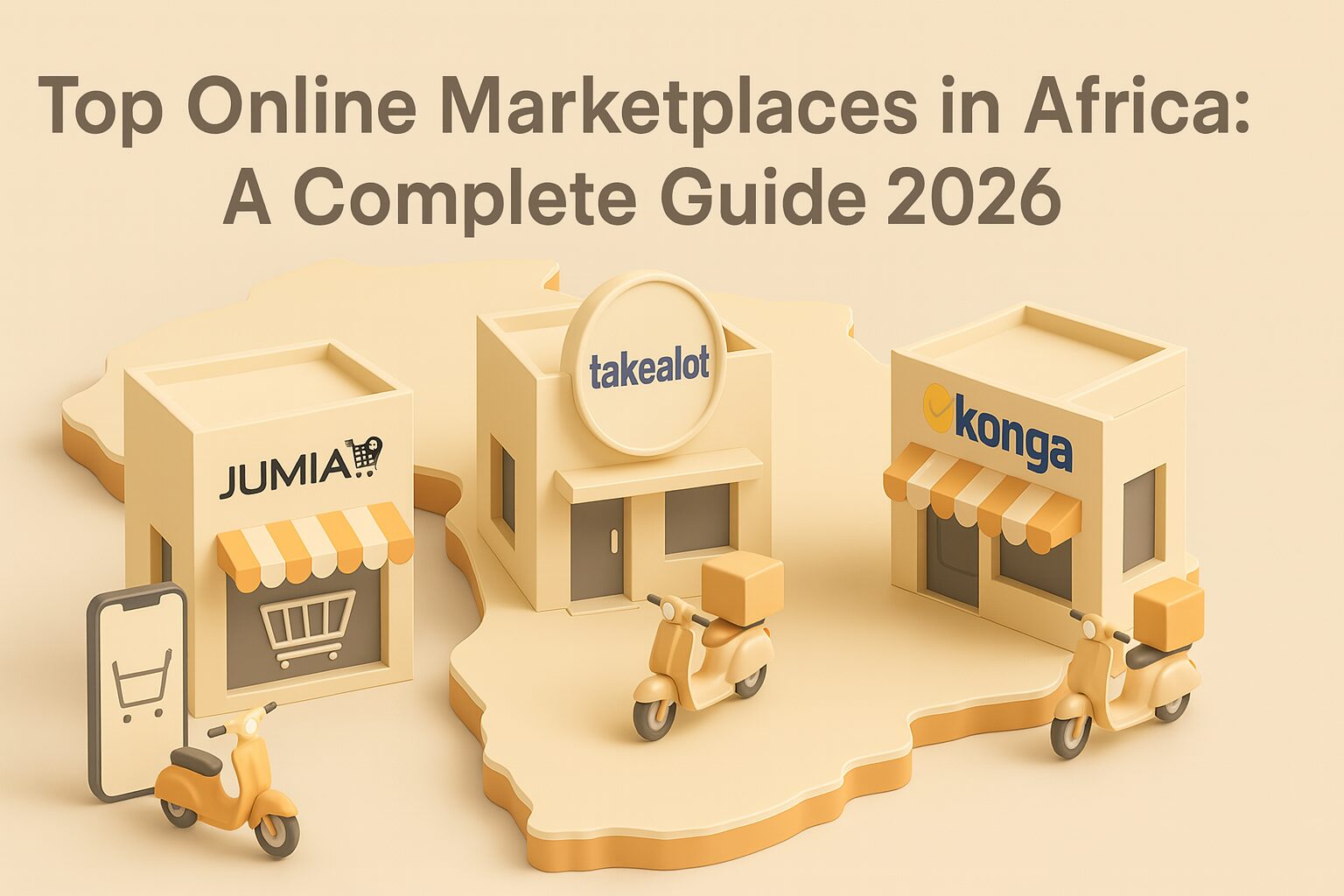Consolidation in warehousing refers to the process of combining smaller shipments or items from multiple sources into one larger, more efficient shipment going to the same destination. It’s like playing a smart game of Tetris with products—fitting things together in a way that saves time, space, and, most importantly, cost.
Imagine you run an online store. You’ve got products coming in from three different suppliers—one sends phone cases, another sends chargers, and a third sends screen protectors. Rather than shipping these separately to your customer in three packages, consolidation allows the warehouse to merge them into a single box, cutting down on shipping costs and improving customer experience.
Whether you’re a DTC brand or a 3PL like Waredock, consolidation is a key logistics strategy to optimize order fulfillment and reduce unnecessary freight costs.
Why is Consolidation Important in Warehousing?
There’s a simple reason consolidation matters: efficiency. In logistics, every touchpoint adds time and cost. By grouping items or shipments strategically, warehouses can:
Reduce shipping costs: Sending one box instead of three cuts down on postage and packaging.
Improve customer experience: Fewer boxes means less confusion (and less waste).
Streamline operations: Fewer shipments to manage means faster fulfillment and easier tracking.
Lower carbon footprint: Consolidated shipping leads to fewer delivery trips, reducing emissions.
Think of it this way: Consolidation turns multiple little trips into one big, well-planned journey.
How Does the Consolidation Process Work?
Here’s what typically happens during consolidation in a warehouse:
1. Receiving Items from Multiple Sources
The warehouse gets incoming stock—this could be:
From different vendors
Across multiple purchase orders
From various parts of the warehouse (e.g., different storage zones)
2. Sorting and Grouping by Destination
Next, warehouse staff or systems sort the goods by:
Final destination (same customer, store, or region)
Delivery schedule (items shipping on the same date)
Order consolidation rules (e.g. combine all orders from customer X)
3. Combining into a Single Shipment
All sorted items are packed into one consolidated shipment. This could mean:
A palletized load for a retail store
A freight container for a regional distributor
4. Labeling and Dispatch
The consolidated shipment is labeled, tracked, and sent out via the most cost-effective shipping method (courier, palletized freight, etc.).

Types of Consolidation in Warehousing
There’s more than one way to consolidate. Here are the most common types:
✅ Inbound Consolidation
Combining shipments from different suppliers before storing or processing them. Useful in manufacturing or when stocking retail stores.
✅ Outbound Consolidation
The most common type: combining items for shipment to the same destination. Especially useful in ecommerce, wholesale, or store replenishment.
✅ Cross-Dock Consolidation
When items are received and immediately grouped for outbound shipment without being stored. This is used in fast-moving logistics environments (see also: Cross-Docking).
Real-World Example
Let’s say a 3PL like Waredock is fulfilling orders for a home goods brand. A customer in Berlin orders three items:
A mug (from bin A3)
A candle (from bin C1)
A blanket (from oversized storage zone D)
Instead of shipping each separately, the warehouse system flags that all three are going to the same address. The items are picked from their respective zones, brought to the consolidation area, packed into one box, and shipped as a single parcel. The customer gets one delivery, and the brand saves on packaging and shipping.
Multiply this by 500 orders a day—and you start to see why consolidation matters.
What Are the Benefits of Consolidation?
Here’s a breakdown of the key benefits:
✅ Lower shipping and packaging costs
✅ Fewer errors and returns (less handling = less risk)
✅ Happier customers (one clean delivery experience)
✅ Eco-friendly: less packaging, fewer trucks on the road
What Are the Challenges?
Of course, consolidation isn’t without a few wrinkles:
🚫 Coordination complexity – You need a well-synced system and trained staff.
🚫 Delayed fulfillment – Waiting to consolidate may slow down fast-moving orders.
🚫 Storage bottlenecks – Consolidation requires a staging area or buffer zones.
🚫 Tech limitations – Your WMS must support intelligent grouping of SKUs/orders.
At Waredock, for example, the process is smoothed out with integrated WMS tools that match incoming orders, identify consolidation opportunities, and flag when items are ready to be grouped for shipment.
Best Practices for Effective Consolidation
If you want to integrate consolidation in your warehouse operations, consider these tips:
✅ Automate through your WMS – Let your system identify when orders can be grouped.
✅ Create a consolidation zone – A physical area where items are held before shipment.
✅ Use scan-verification – Ensure the right items go into the consolidated order.
✅ Train your team – Staff should understand when to consolidate and when to ship separately.
✅ Communicate clearly – Let customers know if items will be shipped together or separately.
(💡 Visual suggestion: Table showing side-by-side “Without Consolidation vs With Consolidation” — highlighting cost, packaging, and delivery outcomes.)
How Does Waredock Support Consolidation?
At Waredock, consolidation is baked into our warehouse workflows. Whether it’s combining multi-SKU orders for ecommerce customers or optimizing freight for B2B brands, our system ensures:
Accurate grouping of SKUs across orders
Smart routing to reduce shipping cost
Faster fulfillment through intelligent staging
Eco-conscious packaging and reduced waste
We’re all about smarter logistics—and consolidation is one of the simplest, most powerful ways to achieve that.
Final Thoughts
Consolidation in warehousing might not sound glamorous, but it’s one of those behind-the-scenes superpowers that helps logistics teams deliver smarter, faster, and cheaper. In a world where customers expect speed and sustainability, it’s a critical piece of the fulfillment puzzle.
Whether you’re running your own warehouse or partnering with a 3PL like Waredock, integrating consolidation into your strategy can help you cut costs, reduce emissions, and delight your customers.



